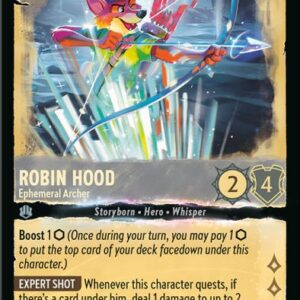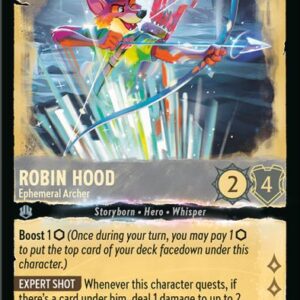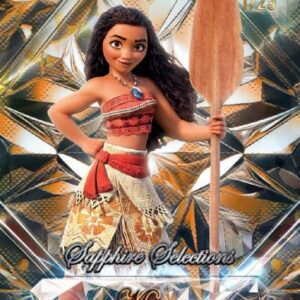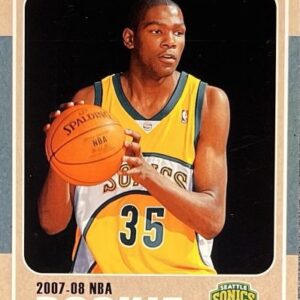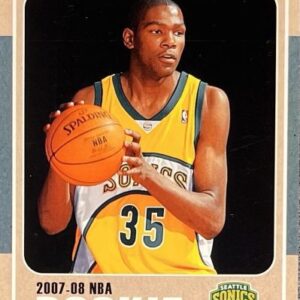In the world of Pokémon card collecting, few milestones are as significant as the iconic 1999 Base Set. It was a time when kids nationwide traded cards in fervent excitement, each hoping to pull a Charizard or Blastoise to outshine their peers. But for collectors, it’s not just about the legends and the dragons; it’s about the nuances, the little things that make all the difference. Welcome to the realm of shadowless versus shadowed Pokémon cards, where subtleness meets value.
At the heart of the conversation about Base Set Pokémon cards are three versions that dominated the market upon their release in 1999: First Edition, Shadowless, and Unlimited (commonly referred to as shadowed). Each version tells its own story through subtle visual differences that have become key indicators for collectors worldwide.
“Shadowless” is essentially a term describing a specific visual aspect of early Base Set cards. Imagine staring at a piece of Pokémon card art where, rather than basking in a dynamic, 3D-like frame, you’re met with a flat, more subdued presentation. This lack of a gray drop shadow along the right side of the picture window is the hallmark of what collectors deem shadowless.
The tale unfolds in chronological order, giving insight into the flow of prints and their rarity—a godsend for those navigating the turbulent seas of card values. First off the bat was the First Edition Base Set, each with its signature shadowless flair and an indelible black stamp proclaiming, “I was here first.” What followed was the no-stamp shadowless version, mimicking its predecessor in form, yet orphaned of its debutant stamp. Finally, the Unlimited version swept in, embracing mass production with a tad more pizzazz—a soft shadow to the right that offered depth to the artwork and lent the cards their nickname: shadowed.
Why do collectors care so much about these nuances? Well, shadowless cards occupy a sweet yet rare spot in the spectrum of Pokémon card history. They aren’t as abundant as the Unlimited variety, and their absence of a First Edition stamp elevates them to a niche, yet sought-after, collector’s space. Notably, grading companies highlight the word “Shadowless” on their labels, a mere mention that can elevate a card’s worth significantly, turning a humble Charmander into a coveted trophy.
For those honing their skills in identifying these shadowless treasures, a visual guide can be a collector’s best friend. Break down the details as follows:
– Picture Frame: If the frame around the artwork is flat, lacking the gray shadow on the right, you’ve likely stumbled upon a shadowless card. The shadowed Unlimited version will, in contrast, provide a subtle lift to the image with its shadow.
– HP and Font Weight: Shadowless cards play it cool with thinner, neatly spaced red text for the HP, whereas shadowed cards traditionally use bold, wider fonts.
– Border Tone and Ink: Often, shadowless cards come with a quieter, lighter yellow border and softer ink, a nuance that an eagle-eyed collector can use as a secondary clue.
– Evolution Box and Text: Whereas shadowless cards sport finer, more delicate text in areas like the Evolution box and attack sections, Unlimited cards tend to embrace a heavier type.
– Copyright Line: Look for the early edition multi-year copyright line. The difference, albeit minute, occasionally accompanies shadowless variants.
– Holo Layer: When comparing holographic cards, a shadowless card might display a smoother sheen and texture.
Understanding this framework is key, but theory should meet practice. Put these insights to the test on the poster child of Pokémon cards, Charizard. The First Edition Charizard is synonymous with shadowlessness, guaranteed with its prestigious stamp. However, the non-stamped shadowless Charizard also stands out, distinguishable from its more frequently seen Unlimited counterpart by the absent shadow.
Then there’s Machamp, whose 2-Player Starter Set includes a shadowless First Edition variant. It’s a staple test case, offering a comparative analysis to gras the differences effectively.
Let’s not overlook other essentials like Trainer and Energy cards in the set. They share the same shadow-related characteristics as the creatures themselves, hence a layered binder might include an amalgamy of prints.
No collector can solely rely on identifying shadowless cards by visuals alone—condition matters too. Given that shadowless cards ran a shorter stint on store shelves, they can exhibit erratic condition changes. Be wary of chipping on lighter borders and subject each card to a diligent inspection under radiant light.
A common trap to sidestep is assuming shadowless applies to all early series—note that this term is exclusive to the Base Set. Later editions, like Jungle and Fossil, commenced from the shadowed layout.
As you rifle through childhood collections or peruse sales, employing the aforementioned checklist can be invaluable. From HP font weights to shadowless art windows, each trait, while minor in appearance, holds tremendous power in recognizing collectible treasure—the kind that no amount of Poké Balls can capture.
Much like the legendary Pokémon within them, shadowless cards are elusive by nature but brimming with history and nostalgia’s potent formula. Armed with knowledge, collectors can embark on their quest to catch these treasures in abundance, weaving their captivating stories into the rich tapestry of Pokémon lore.
